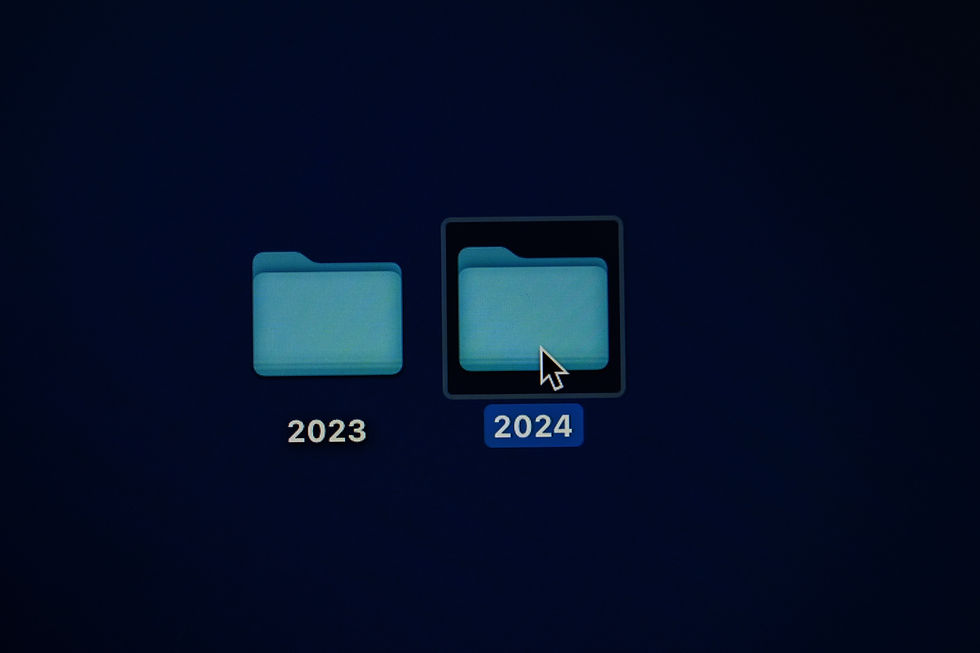First Blog
- Joseph Chen

- Dec 28, 2023
- 3 min read

2023 is almost over.
Time flies — it’s already the third year since I switched my career from Spatial Design and Exhibition to UX/UI Design.
Exploring new technologies has been exciting, but I always feel a bit nervous about keeping up with all the new developments, especially with AI blooming this year.
I want to continue learning and challenging myself. To me, It’s crucial to feel the gradual accumulation every day. That’s what keeps my passion alive. Some of my friends suggested starting a blog to track my learning, so I’ll give it a try and hopefully improve my English writing.
For the last few days of 2023, I’ve completed one of the main achievements: finishing the “Google Data Analytics Professional Certificate.” I think it is one of my smartest decisions this year. As a designer, having the ability to tell stories with reliable data is great, and learning all the basic data visualization will also help me in some upcoming tasks.
It was a cool journey. Learning SQL and R was fun, especially making charts with R, like using smooth() for a trend line in a scatter plot. I still remember trying to use Excel tools to draw regression lines during my master’s degree, and it was not fun at all. 🙃
Here’s what I liked and didn’t like about the course:
Pros:
Engaging video content:
The tutorial videos were presented by real Google data analysts. They were interesting, easy to follow, and explained things well.
Covered the concepts and all the fundamental tools, including soft skills:
It covered how to ask the right questions to focus on what matters and to reduce bias. It explained how to check and clean data using spreadsheets, SQL, and R, how to pull data from different formats and generate valuable insights. it also provided guidance on making presentations and soft skills for sharing insights and doing Q&A with stakeholders.
Cons:
No statistics:
It skipped statistics stuff like types of distribution or what standard deviation is. Also, it didn’t explain what’s happening behind the scenes with the smooth function in R (for regression?). Not everyone has a strong understanding of statistics, but I suppose it is something we need to refresh if we truly want to be a data analyst.
No Python:
They didn’t teach Python, even though it’s a popular language for data analysis.
Overall, I’d recommend this course to someone wanting to learn basic data analysis.
For my next step, I’m planning to enroll in another course to learn Python, which is the “Meta Back-End Developer Professional Certificate.” As one of my favorite architects Louis Kahn, once said:
If you are ever stuck for inspiration, ask your materials for advice. You say to a brick: “What do you want, brick?” And brick says to you: “I like an arch.’” And you say to brick: “Look, I want one, too, but arches are expensive and I can use a concrete lintel.” And then you say: “What do you think of that, brick?” Brick says: “I like an arch.”
The morals of the stories? A good designer needs to respect its materials.
As a UX designer, I’m always curious about designing to capture the low-hanging fruit. By enrolling in this course, I hope to gain knowledge about the limitations and hurdles on the developing side, and I hope this course will help me achieve that.
Perhaps, in the foreseeable future, I can build my own digital experiences, looking forward to 2024 🙂.


Comments